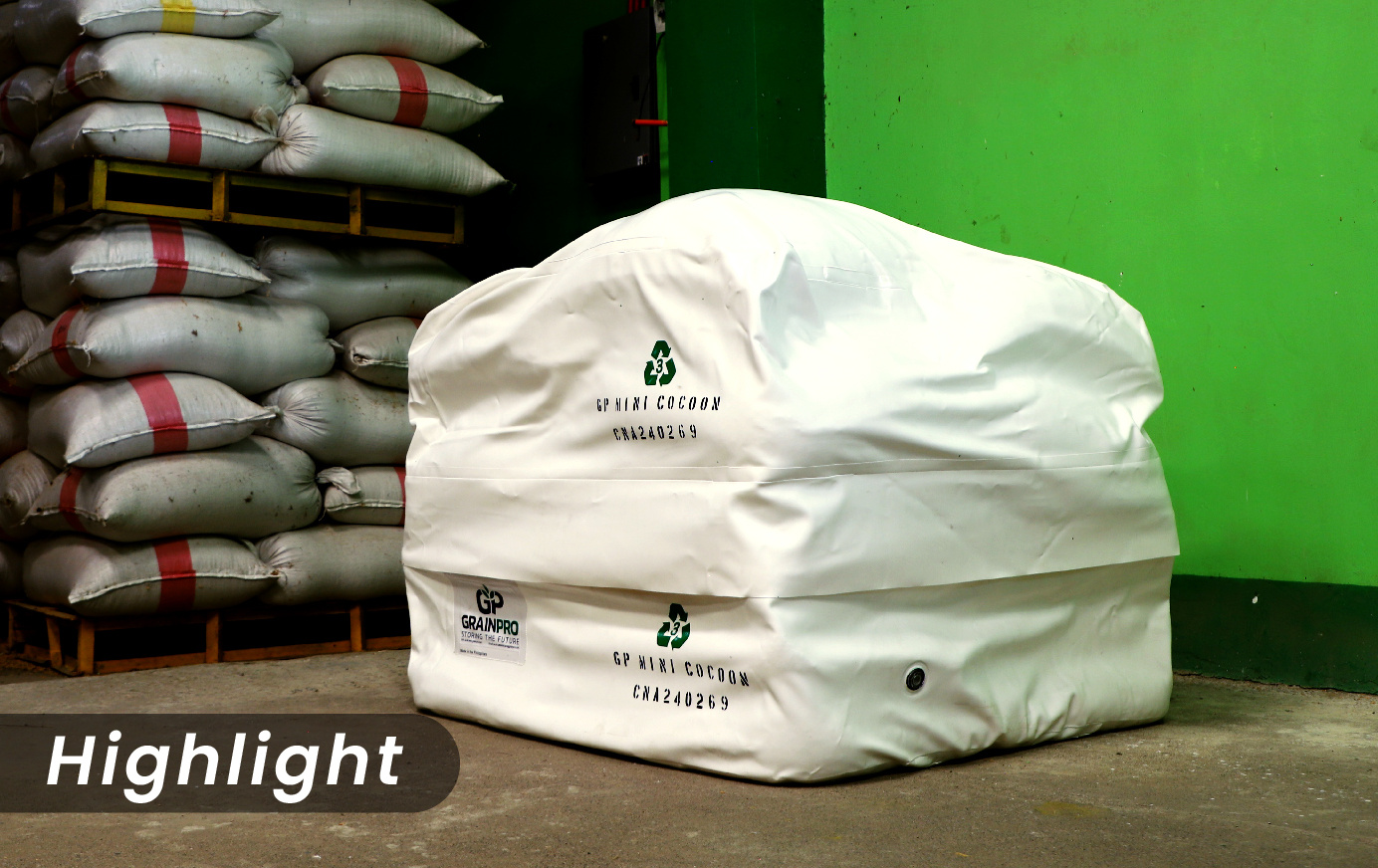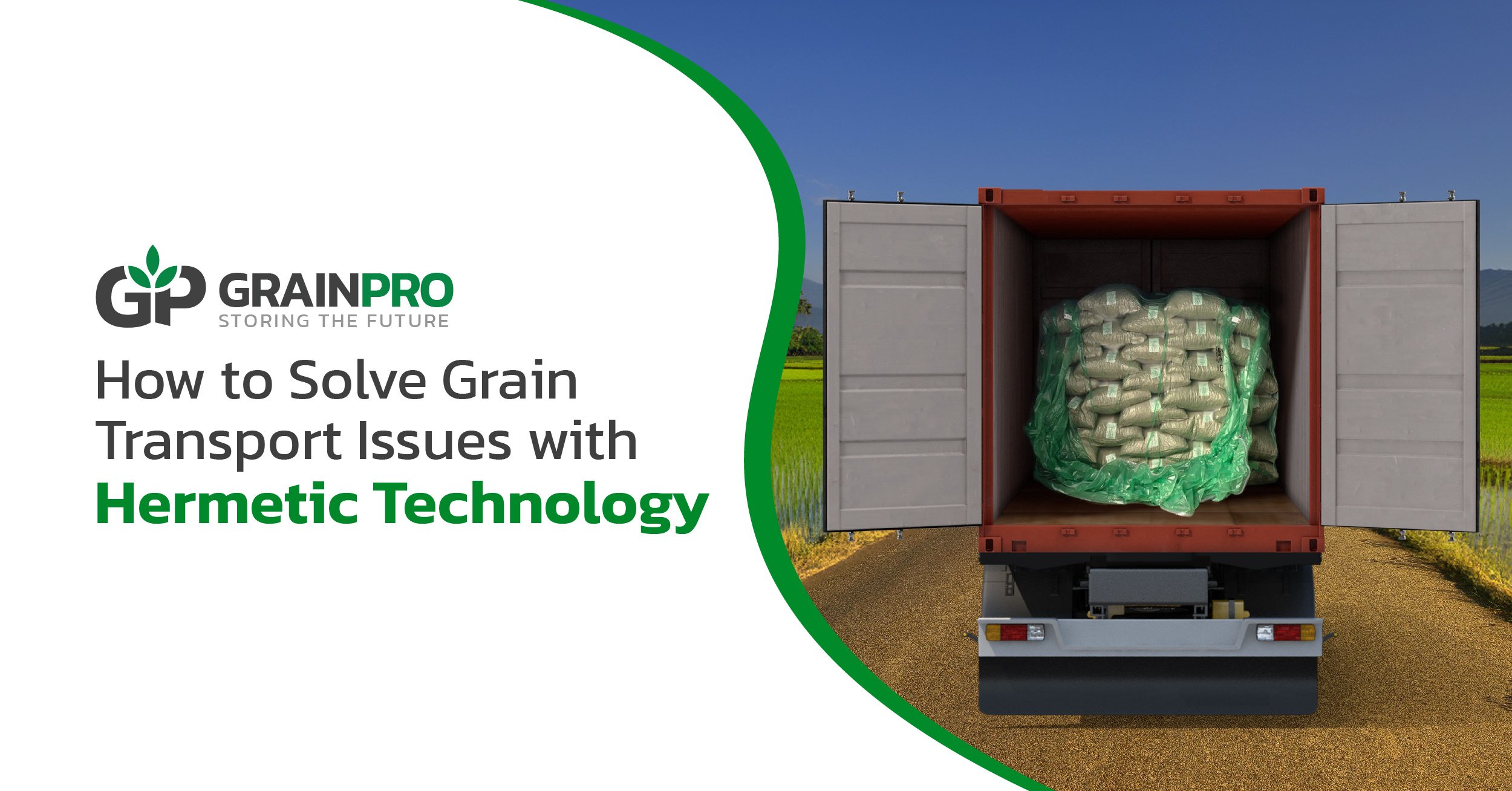Cereal grains constitute a massive portion of the world's diet as an essential daily source of carbohydrates, fiber, vitamins, and minerals. Hence, it is no mystery that the world produces more than 2 billion metric tons of grains yearly.
The most produced grains currently are maize, wheat, and rice. According to the Observatory of Economic Complexity, cereal grains are the world's 25th most traded products. The United States, Ukraine, and Argentina lead the exports, while the main importers include China, Egypt, and Mexico.
With vast distances from origins to destinations, unexpected circumstances are inevitable during grain transport. One such transport incident was the Suez Canal blockage in 2021. As one of the busiest trade routes, the congestion that lasted six days caused massive delays and costs as it also impacted essential grain shipments to Asia.
While transport incidents increase the likelihood of losses, deterioration of grains is always possible during long-distance travel, especially with the differences in climate and environment. Metal shipping containers can be easily affected by external shifts and temperature fluctuations. As the container moves from warmer to cooler temperatures, condensation may occur as water vapor returns to its liquid state upon reaching the dew point, creating a moisture build-up on the roof and eventually container rain.
Moisture creates an ideal environment that promotes mold growth and microbial activity. An indicator of compromised quality, molds pose health risks by producing harmful mycotoxins that cause complications when consumed. Furthermore, molds and microbial activities can also directly lead to losses due to spoilage.
Apart from the mentioned factors, various insect species also infest grain commodities without adequate protection. For example, grain and rice weevils are widely distributed worldwide through grain transport. These weevils thrive in high moisture and a wide range of temperatures from 13 to 35°C, causing massive damage as they feed on grains.
How To Solve Grain Transport Issues
Grains are essential commodities to people worldwide, so it is crucial to prevent losses in quality and quantity. While this may seem extreme, expecting common transport issues and even the worst-case scenarios is vital in early preparation.
Before transport, proper drying should always come first. While it varies depending on the grain, achieving the ideal moisture content is essential in keeping grains safe during storage and transport. This precaution helps prevent moisture build-up, mold growth, and infestations from affecting grains during transport. It is advisable to go for lower moisture content for long-distance travel, ensuring grains stay at a safe level.
However, grains are still susceptible to moisture damage with the usual and unexpected occurrences during transport. Different climates and sudden weather conditions are likely situations that can re-introduce moisture. Mitigating the effects of these conditions is critical in preventing grain losses. Thus, one viable solution is to utilize protective innovations such as hermetic technology.
Hermetic technology relies on airtight properties that block air and moisture flow to create a modified atmosphere with low oxygen levels. This concept provides a stable environment for dry agricultural commodities like cereal grains, effectively and organically inhibiting mold growth and eliminating insects in all life stages. The modified atmosphere also helps prevent external changes from affecting protected grains.
While mainly used for post-harvest storage, this technology can also protect during grain transport. A reliable example, GrainPro® Hermetic Bags™ can protect grains within jute bags during grain transport and storage. For sample sizes of up to 2,500 grams, the GrainPro® Hermetic Pouch™ is an equally reliable and reusable stand-alone solution to retain freshness and quality.
Hermetic container liners are also specifically designed to protect large amounts of grains during a long transit, having options for bagged commodities and bulk. These transport liners utilize the same airtight and moisture-proof barriers, eliminating infestations and minimizing the likelihood of condensation due to weather and temperature fluctuations.
Grain transport issues are always likely to arise, given the unpredictability of the journey. Even so, with proper preparation and reliable hermetic solutions, you can ensure that the quality and quantity of transported grains remain from origin to destination.
Learn more about GrainPro’s superior transport solutions for your grains down below.
Date Published: October 1, 2024





